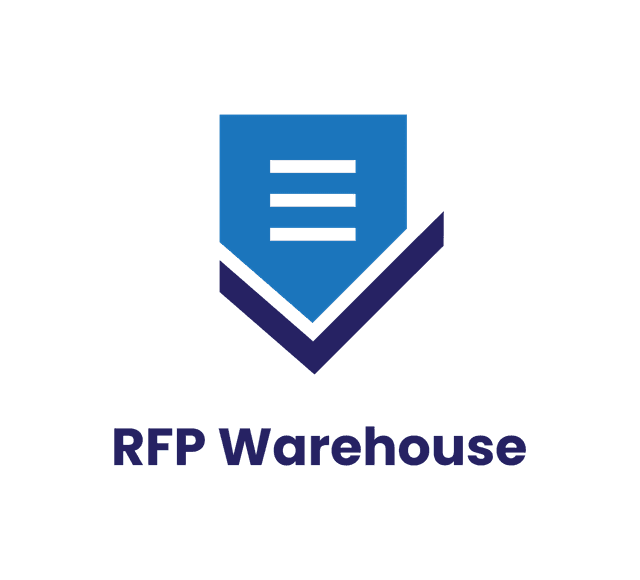What is a Data Encryption?
Definition
Converting data into coded format using algorithms to prevent unauthorized access. Data encryption protects information at rest (stored) and in transit (transmitted) using standards like AES-256, TLS 1.3, and end-to-end encryption for compliance with SOC 2 and GDPR requirements."
Why This Matters
Data encryption protects information both in transit and at rest. Modern encryption standards including AES-256 and TLS 1.3 are essential security controls. Vendors should clearly articulate their encryption approach and standards.
Related Terms
Showing semantically related terms from our RFP knowledge graph. Priority connections are highlighted.
Security Controls
Security & Compliance
Technical and procedural safeguards implemented to protect data, systems, and infrastructure from unauthorized access, breaches, and threats.
SOC 2
Security & Compliance
Service Organization Control 2 - an auditing standard for security, availability, processing integrity, confidentiality, and privacy of customer data in cloud services.
GDPR
Security & Compliance
General Data Protection Regulation - European Union law protecting personal data privacy and giving individuals control over their information.
Access Control
Security & Compliance
Security mechanisms restricting system access based on user roles, permissions, and authentication including single sign-on, multi-factor authentication, role-based access control, and least privilege principles.
Security Compliance
Security & Compliance
Adherence to security standards, certifications, and regulatory requirements to protect data and systems.
Data Privacy
Security & Compliance
Legal and ethical handling of personal information including collection consent, purpose limitation, data minimization, accuracy, storage limitation, and security.
Showing 7 semantically related terms ·Browse all 200 terms
Related RFP Templates
These 4 templates include questions about data encryption
